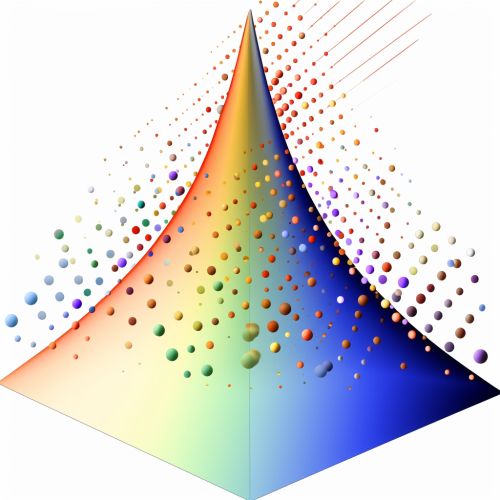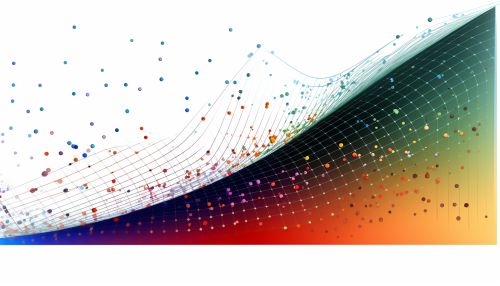Multidimensional Scaling
Introduction
Multidimensional scaling (MDS) is a means of visualizing the level of similarity of individual cases of a dataset. It refers to a set of related statistical techniques often used in information visualization, in particular to display the information contained in a distance matrix. It is a form of non-linear dimensionality reduction.
Overview
MDS is a set of data analysis techniques that display the structure of distance-like data as a geometrical picture. The major types of MDS include classical, metric, and non-metric MDS. These techniques attempt to model similarity or dissimilarity data as distances in a geometric spaces. The data can be ratings of similarity between objects, interaction frequencies of molecules, or trade indices between countries.
History
The origins of MDS go back to the 1930s with the work of the British psychologist Charles E. Spearman, who was attempting to discover a means of visualizing in two dimensions the relationships among a set of stimuli, based on the rank order of similarity judgments. The modern form of MDS arose in the field of psychology and is also used in social sciences, marketing, and bioinformatics.
Types of Multidimensional Scaling
There are several types of MDS, each suitable for a different type of analysis. The major types of MDS include classical MDS, metric MDS, and non-metric MDS.
Classical MDS
Classical MDS, also known as Torgerson Scaling or Torgerson-Gower scaling, uses the fact that the coordinate differences of the original dataset can be obtained by eigendecomposition of the Gram matrix B, thus reducing dimensionality.
Metric MDS
Metric MDS finds a set of points in Euclidean space that optimizes a loss function called Stress, which is a sum of squared differences between disparities and Euclidean distances.
Non-metric MDS
Non-metric MDS, on the other hand, tries to preserve the order of distances and hence provides a ordinal representation of your dataset. This is particularly useful when your dissimilarity measure is ordinal.
Applications
MDS techniques are used in several scientific fields including psychology, bioinformatics, anthropology, marketing and other social and behavioral sciences. In these fields, the technique is used to visualize the structure of large data sets, where the data might be proximity matrices, dissimilarity matrices or incidence matrices.
Limitations
While MDS is a powerful tool for visualizing and interpreting complex datasets, it also has several limitations. These include the difficulty in determining the appropriate number of dimensions, the possibility of misinterpretation of the dimensions, and the sensitivity to outliers.
See Also


